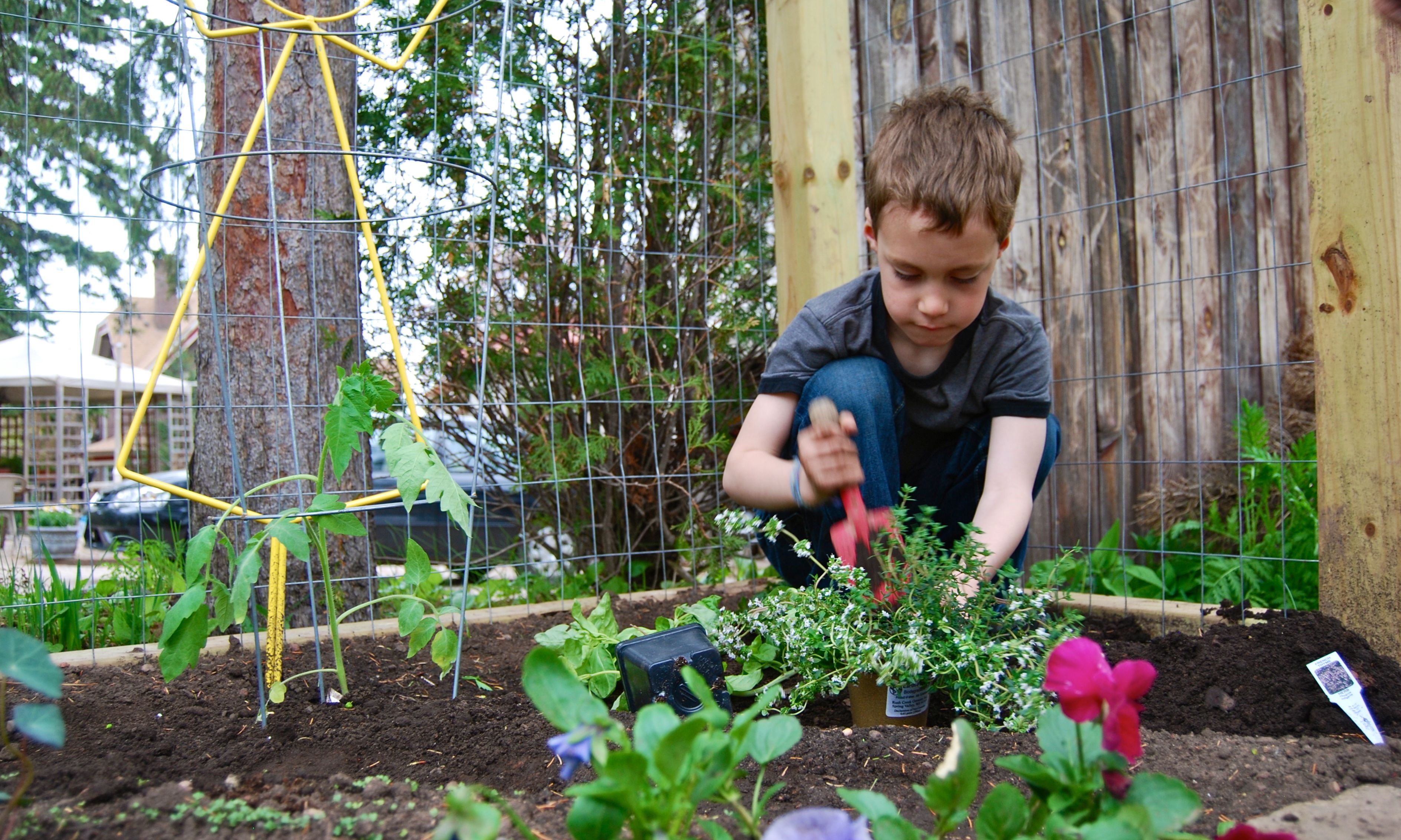Centaura Americana - American Basket Flower
An early summer wildflower
An early summer wildflower
Ready for Summer?
May was a disappointment to much of the metroplex regarding our rain totals. Normally our wettest month, it seems most of the storms split north and south of Fort Worth. There have been blisteringly hot days and a few blissfully cool days as well, but it is a sure bet that hot weather will start to dominate.
We have already had to start supplemental watering in between the scattered rains, and pay close attention to newly planted flowers, shrubs, and trees to make sure they are not allowed to dry out. Remember, those root zones remain the same size as the pot they were in for several weeks or even months. Many plants will recover from wilting but it always slows their growth.
So here is my early summer checklist:
- Weed beds and mulch everything
- Fertilize lawns and beds
- Spot spray weeds in the lawn
- Check sprinklers and adjust heads
- Hand water new plants
- Plant the last warm season vegetables—it’s a little late, but cantaloupes and a few others can still go in
- Start enjoying the tomatoes, peppers, squash and other garden goodies that are already producing (side note: wage war on squash bugs!)
- Get outdoors and enjoy the last crops of wildflowers

What to watch for as we heat up...
Surprisingly, we haven’t observed too many insect issues yet in spite of our warm winter. Mosquitoes are starting to show up but have not been a big problem. We have been monitoring for bagworms on one of our properties that has hundreds of cypress trees, and they have not shown up yet. We are nearing the time for tent caterpillars as well, so we may start seeing both of these critters pop up in June.
Fire ants of course are ever-present and make new mounds after every rain. And that’s possibly the key to why we haven’t had big problems with any of these pests — we haven’t had a lot of rain just yet.
Aphids and azalea bark scale are a constant problem on crape myrtles, and a systemic insecticide is the most effective weapon against the bark scale.
Conditions were optimal this winter for some blight and canker on Italian cypress and similar trees. There is no control, so if you have dead patches in your cypress or junipers prune it out or remove the tree. Some crapes had severe freeze damage, treatment is the same. Most fungal diseases should decrease as it gets hot, but gray leaf spot and chinch bugs are potential summer problems for St. Augustine.
gray leaf spot
Prime landscapes new ride at Six Flags!
We were honored to work on a new attraction at Six Flags again this year, helping them usher in The Joker. This is an exciting ride for the true thrill seeker. And it is exciting for us to get to work with the skilled and dedicated team at Six Flags and observe how they meet all the challenges in bringing these world-class attractions to the public. Be sure and include a trip to Six Flags in your summer plans!

June Chores
- Mow Weekly
- Finish planting spring flowers
- Mulch beds
- Treat for fire ants, mosquitoes, and caterpillars
Our goal is to fulfill the needs of the customer by providing timely, quality services and products.
Thanks for your business!

Greg Hamann, Owner












No comments:
Post a Comment